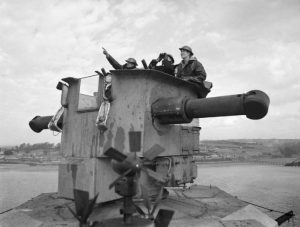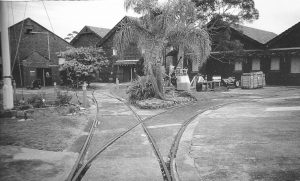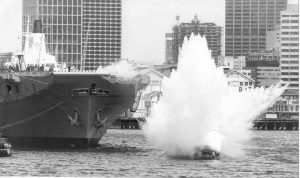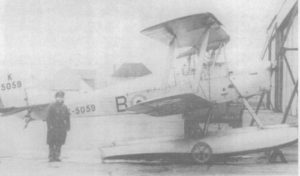Before the days of radar an array of optical rangefinders was an important feature of nearly all warships. In Royal Naval vessels, including those of the Dominions, these were mostly ...
The Spectacle Island Railway
By Fred Haynes Spectacle Island is located near the suburb of Drummoyne at the confluence of Iron Cove and Parramatta rivers. It was originally named Dawes Island when surveyed in ...
Chloe and Sadie – or 100% Pitched and Ditched
This article is by Fred Haynes who for many years worked at Garden Island Dockyard firstly as a Scientific Instrument Maker and later as Technical Officer in charge of the ...
Miscellaneous Materials
In 1959 as an apprentice Scientific Instrument Maker in the Optical Workshop at Garden Island Dockyard I learnt to use these materials as part of my trade. The use of ...
Queen Bee – Radio-Controlled Target Aircraft of the 1930s
Navies ignore threat of aircraft The emergence of airpower as a formidable weapon at the end of WW I was to a large extent ignored by Allied Navies as a ...



